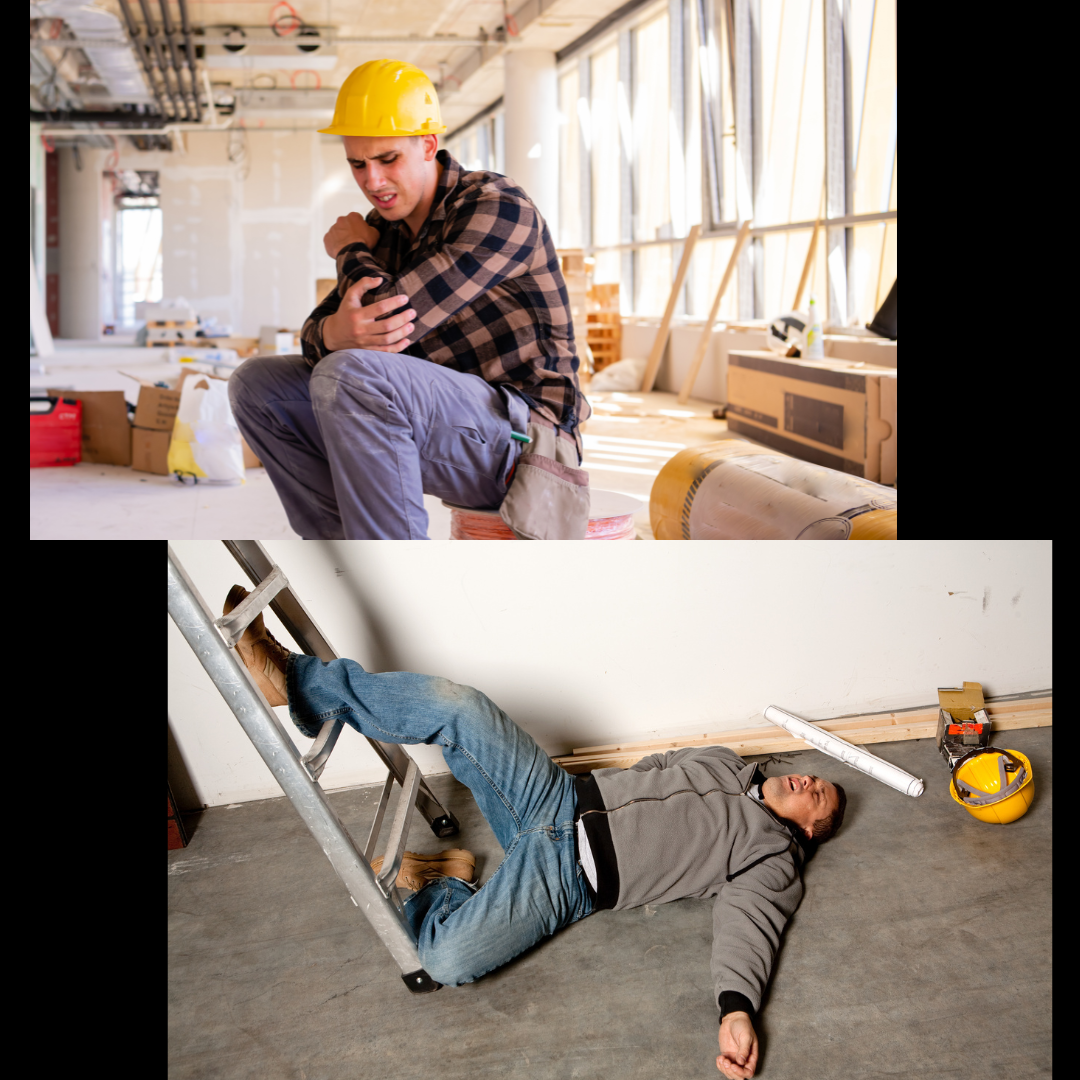Work-related injuries are a common challenge faced by many professionals across various industries. Whether you’re sitting at a desk for long hours, lifting heavy objects, or performing repetitive tasks, the risk of injury is always present. When these injuries occur, they can significantly impact not only your ability to perform your job but also your overall quality of life. This is where the Results Treatment Method or RTM comes into play.
Understanding Work-Related Injuries
Work-related injuries can range from minor aches and pains to severe conditions that require extensive treatment. Common injuries include:
- Musculoskeletal Disorders (MSDs): These are injuries or disorders affecting the muscles, nerves, tendons, joints, cartilage, or spinal discs. Examples include carpal tunnel syndrome, tendonitis, and back pain.
- Repetitive Strain Injuries (RSIs): Caused by repetitive movements or maintaining awkward positions for prolonged periods, RSIs can lead to chronic pain and functional limitations.
- Acute Injuries: These occur suddenly, often due to accidents or improper lifting techniques. Sprains, strains, and fractures are typical examples.
The physical and emotional toll of these injuries can be overwhelming. Pain, reduced mobility, and the inability to perform daily tasks can lead to frustration, stress, and even depression. Early intervention is key to preventing these injuries from worsening and ensuring a speedy recovery.
How The Results Treatment Method Can Help
1. Pain Management and Inflammation Reduction
One of the primary goals of RTM is to manage pain and reduce inflammation. Our physical therapists use a combination of manual therapy, modalities such as infrared light therapy, electrical stimulation, and tailored exercises to alleviate pain. By addressing the root cause of the pain, they help our patients move more comfortably and reduce their reliance on pain medications.
2. Restoring Mobility and Function
Work-related injuries often result in stiffness, loss of range of motion, and decreased strength. Our physical therapists develop individualized treatment plans that include stretching, strengthening, and mobility exercises. These exercises help restore normal movement patterns, improve flexibility, and enhance overall function. By focusing on specific areas of weakness or tightness, RTM can help you regain your ability to perform daily tasks and return to work more quickly.
3. Preventing Future Injuries
A significant aspect of the Results Treatment Method is education. Our physical therapists teach patients proper body mechanics and ergonomics to prevent future injuries. For instance, if you spend long hours at a desk, our PTs can show you how to set up your workspace to minimize strain on your neck, back, and wrists. For those in physically demanding jobs, our therapists can provide guidance on safe lifting techniques and ways to reduce the risk of injury.
4. Customized Treatment Plans
Every injury is unique, and so is the treatment required. Our physical therapists assess each patient’s specific needs, taking into account the nature of the injury, the patient’s occupation, and their overall health. This personalized approach ensures that the treatment plan is tailored to the individual, maximizing the effectiveness of the therapy and promoting a faster recovery.
The Road to Recovery
RTM is not just about treating an injury—it’s about empowering individuals to take control of their health and well-being. By addressing the physical aspects of work-related injuries and providing education on prevention, the Results Treatment Method helps individuals return to their jobs stronger and more resilient than before.
If you’ve sustained a work-related injury, utilizing the techniques from the Results Treatment Method can be a critical step in your recovery journey. With the right support and a personalized treatment plan, you can overcome the challenges of injury and get back to doing what you love.



